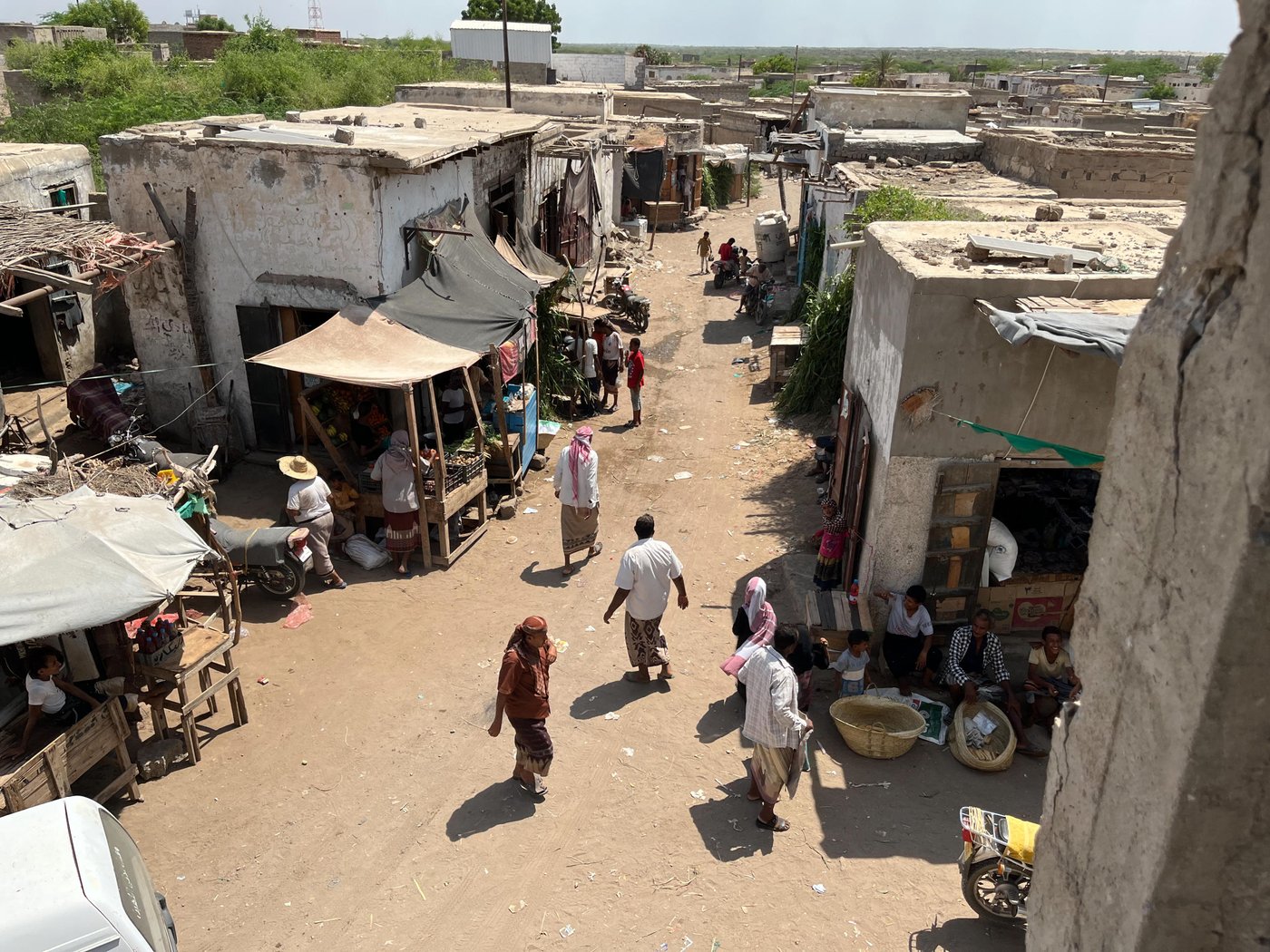***
Ad Durayhimi lies on the Red Sea coast, just a 30-minute drive from the strategically vital city and port of Al Hodeidah. In Yemen, accessing the most conflict-affected communities is challenging due to either administrative constraints or safety risks related to explosive remnants of war (ERW). But through my advocacy work with the Norwegian Refugee Council (NRC), I was able to gain access to Ad Durayhimi city.
There, I saw with my own eyes what it will take for those displaced by the conflict to find lasting solutions to their displacement and rebuild Yemen once the conflict is finally over.
My visit came as Yemeni, regional and international stakeholders are working towards an end to Yemen’s nine-year conflict. It was a stark reminder of the humanitarian needs that persist here even while hopes for peace and a new era of economic stability and growth are high.
Although my visit to Ad Durayhimi was short, it left the impression of a lifetime.
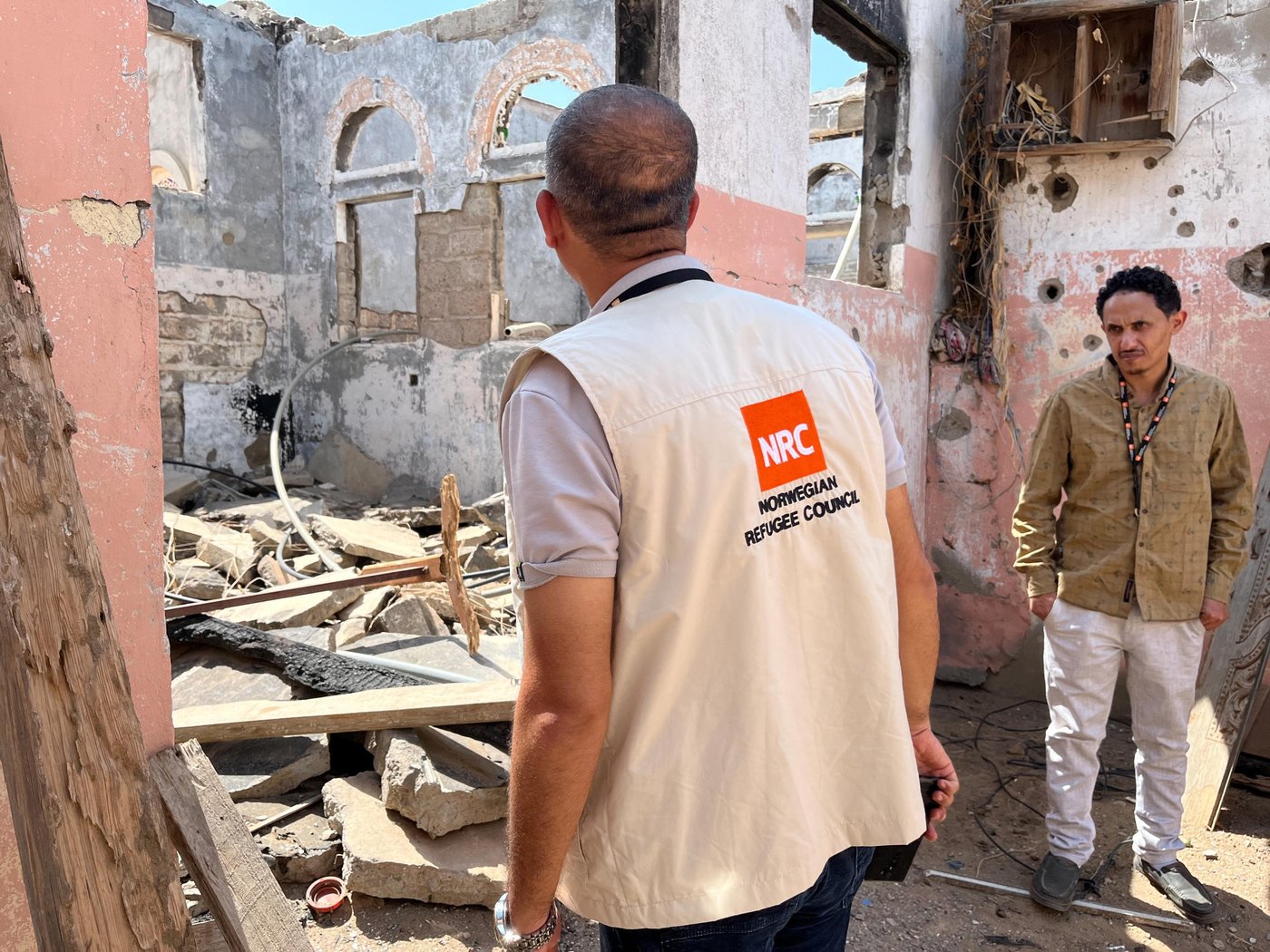
The road to Ad Durayhimi from Al Hodeidah city runs parallel to a vast, beautiful, sandy beach. But the beach is empty. Not a single person can be seen enjoying this gift of nature to the Yemeni people.
I soon realise that this is the result of extensive contamination by mines and other unexploded ordnance. These explosives were laid during the height of the battle for Al Hodeidah, the most heavily mined governorate in Yemen. With ERW lining roads, villages and farmland, civilian movement and livelihoods are severely restricted.
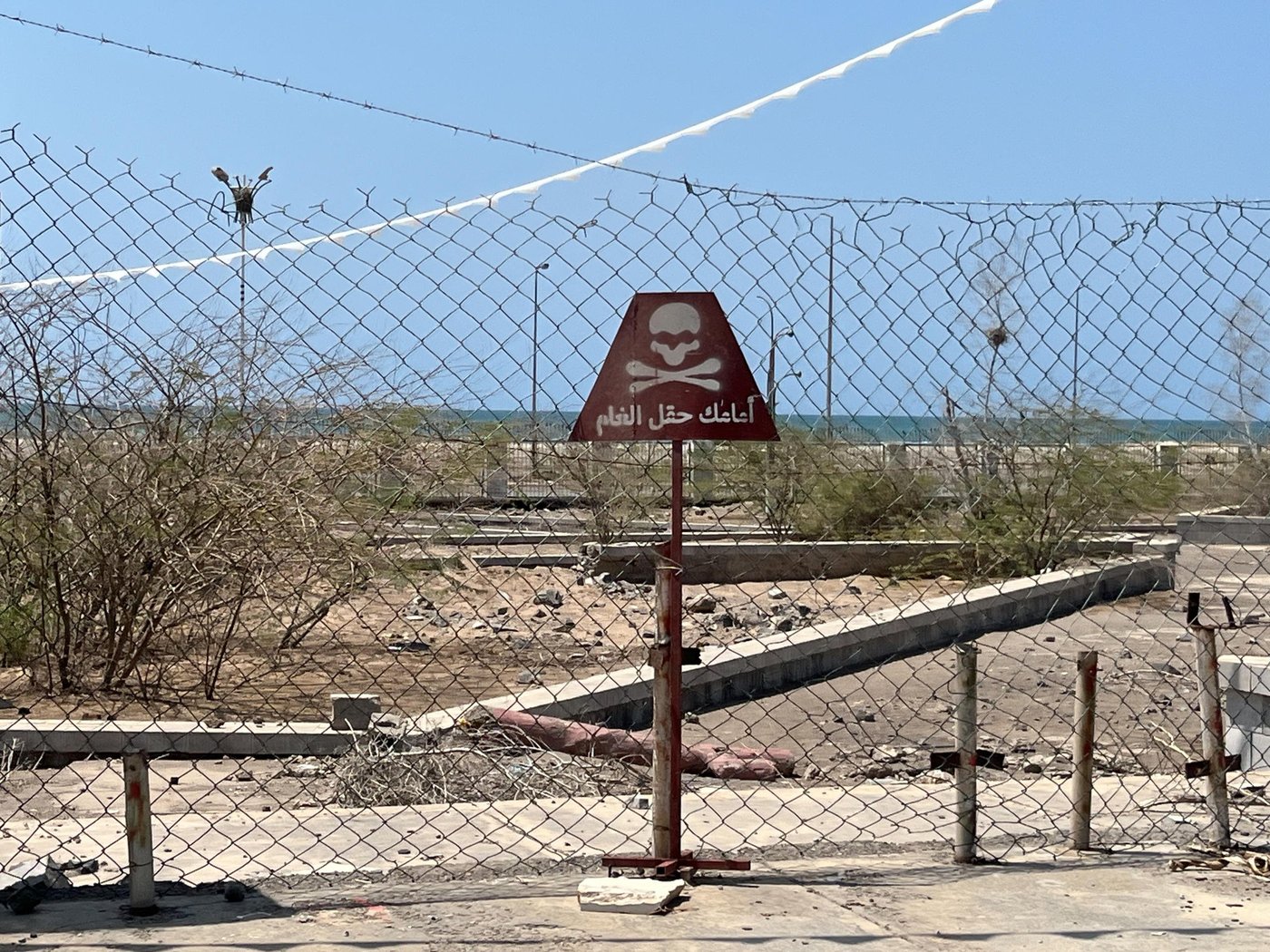
When I enter Ad Durayhimi city, it feels empty. Many of the small brick and concrete homes that people used to live in have been damaged or destroyed. Before the conflict, some 3,800 families lived here – about 27,000 people.
I imagine what the city looked like before that day in September 2018 when conflict arrived on its doorstep. It has the potential to be beautiful once again.
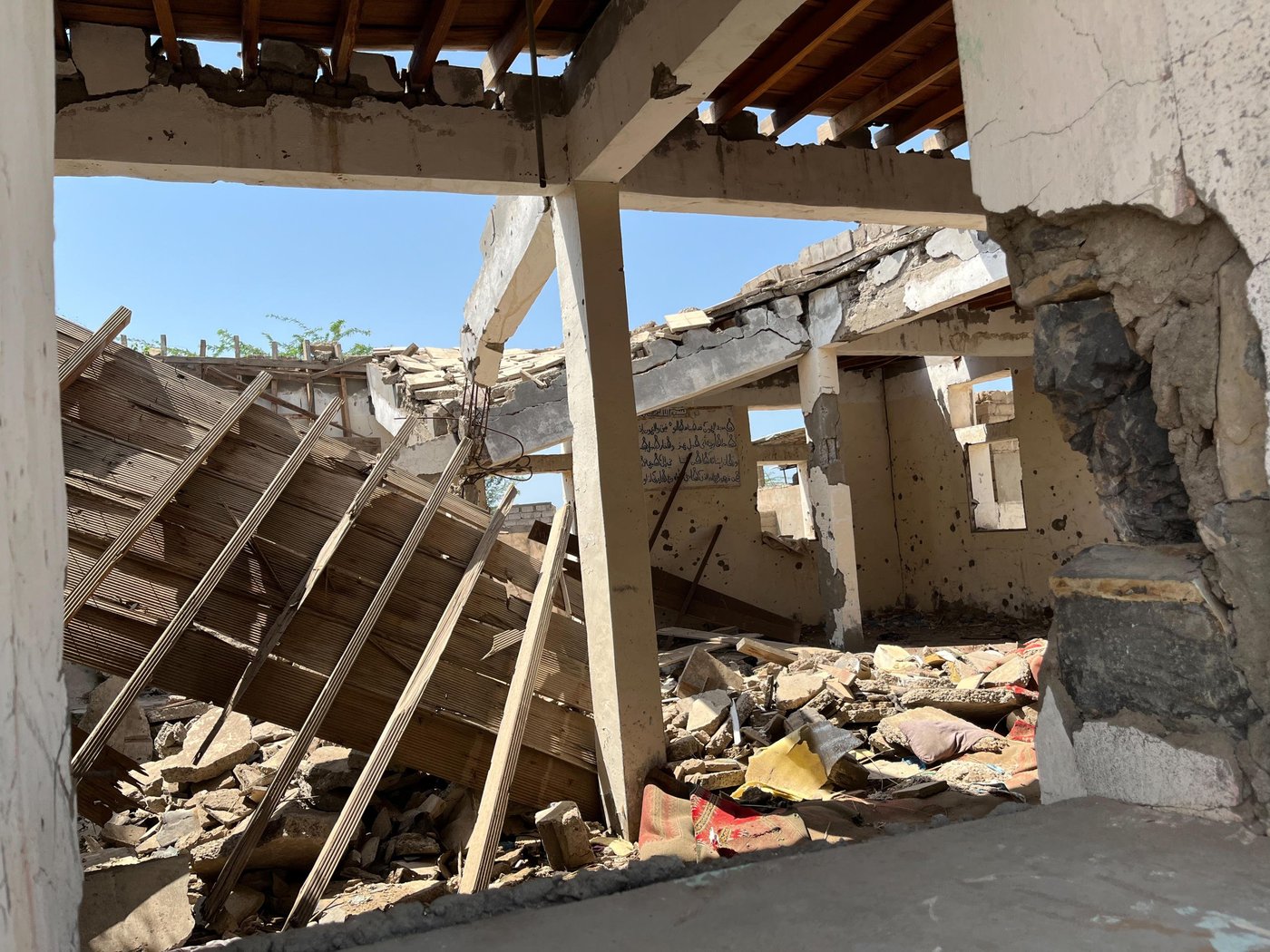
As I approach the centre of town, I see signs of life. There is a small market where fresh fish is sold alongside a limited supply of fruits and vegetables. The fruit does not look very fresh. And there aren’t many people at the market. It should be bustling with activity at this hour of the morning.
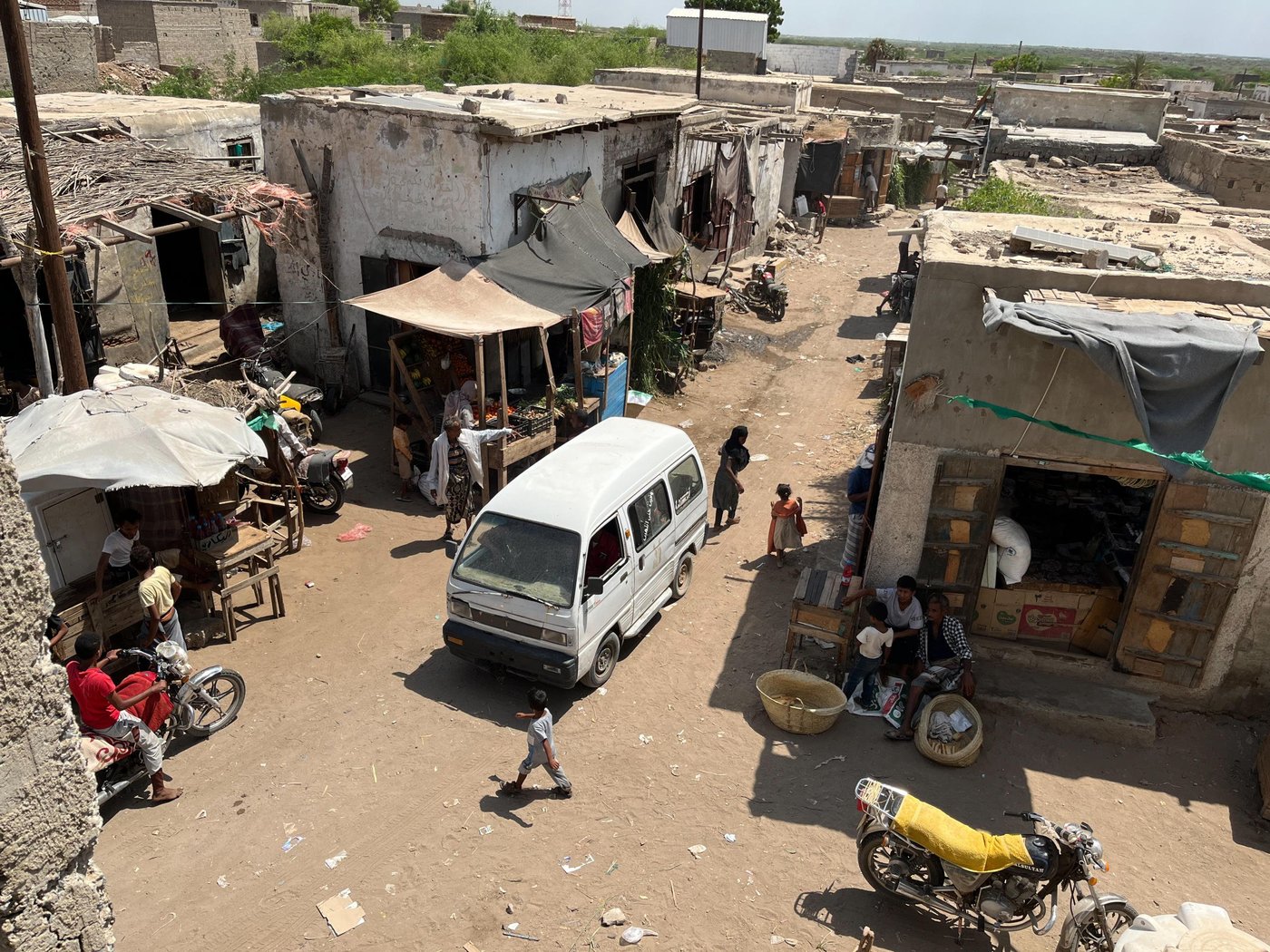
During the battle for Ad Durayhimi, many families fled the area. Those that remained quickly became encircled by military forces. Approximately 50 civilian families became trapped alongside soldiers inside the city.
Mohammed Hassan Nasser, an electrical engineer, is one of the people who survived. “The people could not flee in any direction,” he explained to me. “Some families tried to leave but they were killed.
Mohammed remained trapped for two years and three months, until November 2021, when the encirclement ended. His home was almost completely destroyed. Mohammed now lives nearby, with his son.
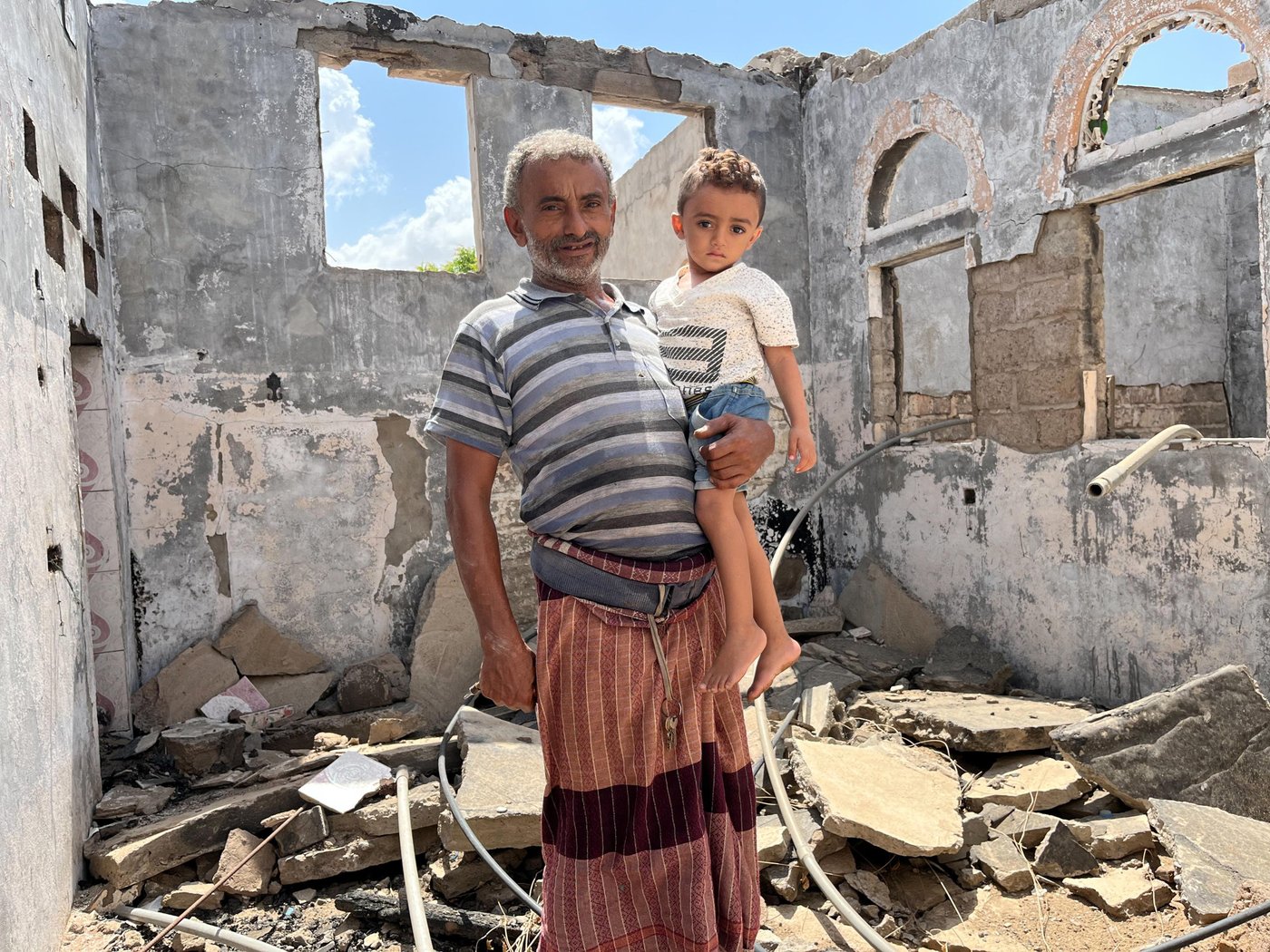
Today, surviving in Ad Durayhimi is difficult. Although the armed conflict in Yemen has calmed, the needs are immense. Some USD 4.34 billion of humanitarian aid is required to meet people’s basic needs – and just 34 per cent of this has so far reached Yemen.
Like many conflict-affected communities across Yemen, the people of Ad Durayhimi survive with minimal access to food and basic services. Children face challenges accessing education, with the local school being severely damaged during the height of the conflict. Opportunities for earning a living are scarce.

Some local women make a living by weaving mats out of palm leaf straw. “We can make two mats in a week,” one of the women told me, “and we sell one medium-sized mat for 500 Yemeni Rial.” That’s equivalent to just under 1 US dollar per mat.
“We want sewing machines so we can tailor clothing and generate income for our family,” she continues. Twelve people share the small workspace these women use during the day.
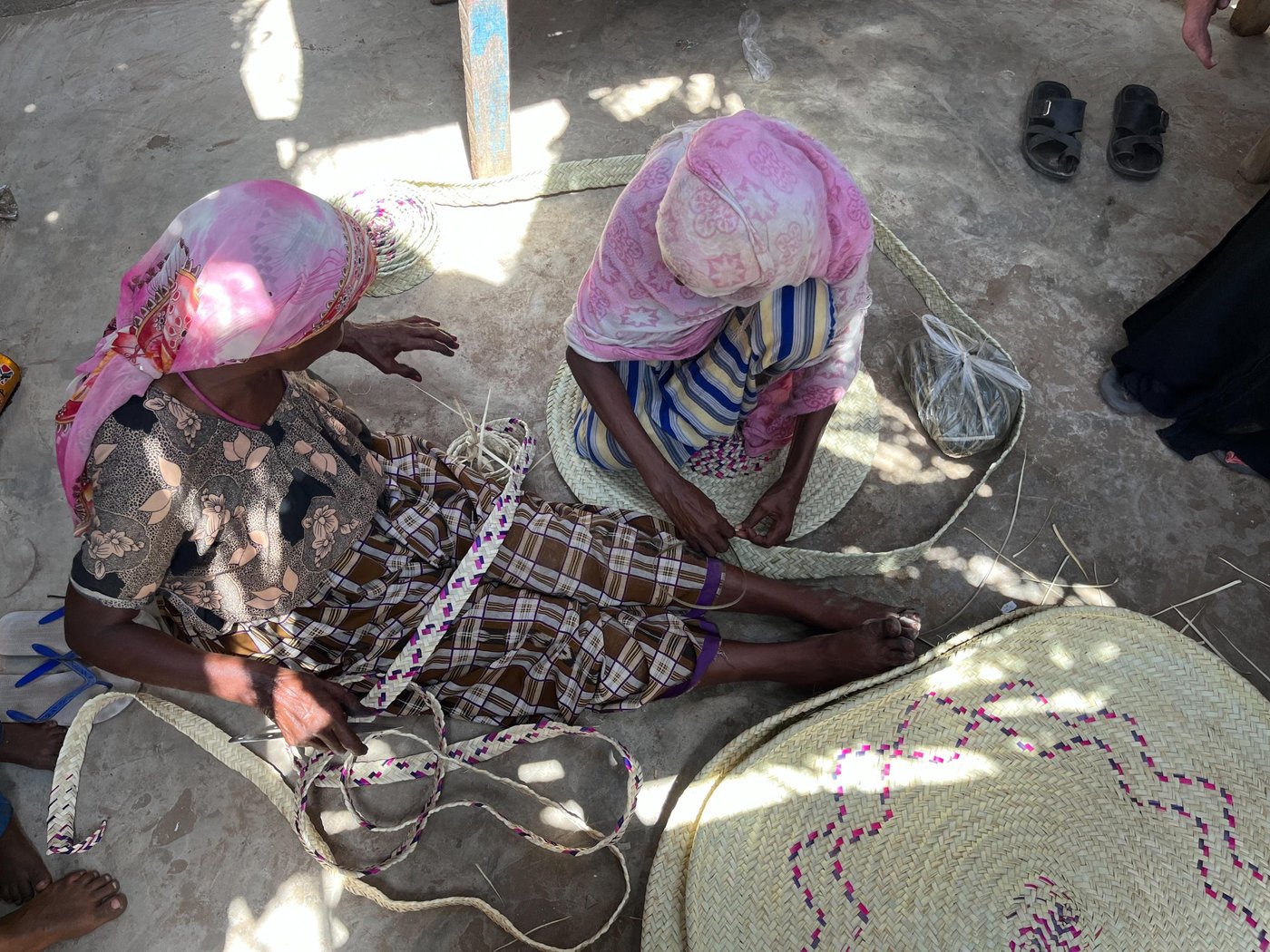
Today, there are 800 families – about 5,600 people – living in Ad Durayhimi. Around 3,000 families are still displaced, living outside the city in the places where they sought refuge during the conflict.
Mohammed wants his community to be full of life and opportunity again. “We need our houses to be rebuilt, and we need to earn a living,” he says.
But the international community is saying that humanitarian funding for Yemen will decrease this year and next. This is the same international community that poured billions of dollars into weapons to support one or another party to the conflict.
If those stakeholders turn their back on Yemen now, the recovery that Mohammed yearns for will remain a distant prospect, and the dividends of peace won’t be felt by Yemen’s most vulnerable.
What needs to happen?
NRC calls on the international community to immediately meet the humanitarian needs in Yemen by fully funding the Humanitarian Response Plan.
We also call on local authorities across Yemen to work collaboratively with humanitarian response actors to plan initiatives that will build the self-reliance of the Yemeni people and create pathways towards long-term and durable solutions.
This includes granting access to humanitarians to understand the needs, preferences and intentions of conflict-affected Yemenis. We need to speak with displaced people, host communities, those who have returned after displacement, and those who remain in communities affected by conflict – like Mohammed.
Without unhindered access to communities, we cannot document the needs, and we cannot make compelling arguments to donors to put up the cash.


